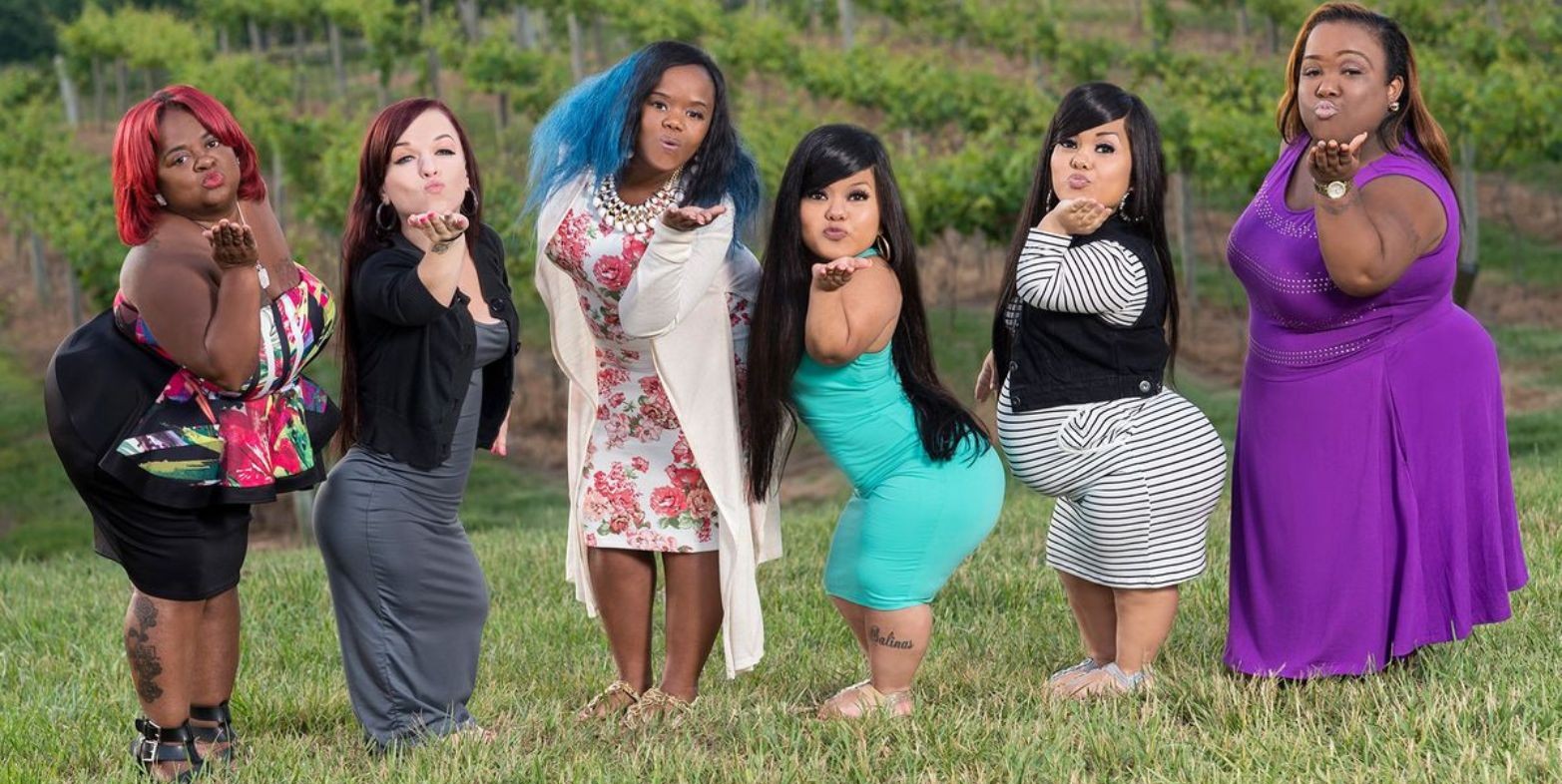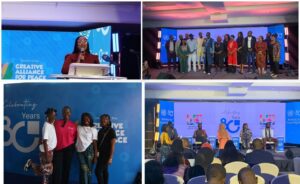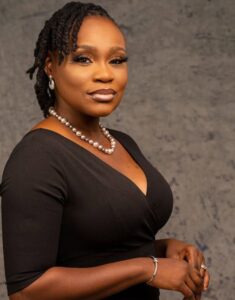Little People, Big Presence: Celebrating Dwarfism Day
By Oluchi Obiahu
Dwarfism Awareness Day is a day to celebrate individuals with short stature, challenge stereotypes, and embrace the beauty of diversity in every form. When we think of “standing tall,” our minds often go to physical height. But truth be told, some of the tallest spirits on earth come in smaller frames. Dwarfism, a condition caused by genetic or medical factors that affect bone growth, doesn’t diminish capability, creativity, or character, it only reshapes how we see the world.
Every October 25th, the world recognizes something both simple and profound: the celebration of difference. It is a day that shines a light on a group of people who have long lived under the shadow of misunderstanding, mockery, and marginalization. It is a day that reminds us that humanity does not come in one height, one size, or one shape.
In every society, there are stories that often go untold, stories that deserve to stand tall, even when the people behind them are shorter in stature. People living with dwarfism are one such community. They walk the same streets, attend the same schools, dream the same dreams, and yet, they often have to push twice as hard just to be seen beyond their height.
Understanding Dwarfism
Dwarfism is not a limitation of potential; it is simply a variation in human growth. Scientifically, it refers to a condition that results in short stature, usually when an adult’s height is 4 feet 10 inches (about 147 cm) or below. But beyond the numbers and the medical definitions lies a simple truth: dwarfism is just another expression of human diversity.
It occurs due to genetic or medical reasons that affect bone growth, but it doesn’t define the strength of a mind, the depth of a personality, or the vastness of a dream. Around the world, it’s estimated that one in every 25,000 people lives with dwarfism. it’s a visible, living, breathing part of our shared human family.
And yet, visibility hasn’t always meant acceptance.
More Than What Meets the Eye
For generations, society has had a complicated relationship with difference. Height, oddly enough, has always carried social symbolism, taller often equated to stronger, more cap-able, or more commanding. Those of shorter stature have, therefore, had to live within an unfair lens that sees them as less, less powerful, less capable, less adult.
But step closer, and you’ll find that there’s nothing “less” about the dwarfism community. What you’ll find instead are people who have learned resilience early, who navigate a world built for taller bodies with grace, ingenuity, and courage.
Imagine walking into a supermarket where the shelves are built above your reach. Imagine stepping onto a public bus where the steps rise to your chest. Imagine going for a job interview where your abilities are questioned before you’ve even said a word.
These are everyday realities for many people living with dwarfism; not because they lack ability, but because the world lacks accessibility and understanding.
The Weight of Stereotypes
Sadly, much of what society “knows” about dwarfism is filtered through entertainment and myth. For decades, films and comedies have reduced people with dwarfism to caricatures, comic reliefs, sidekicks, mythical creatures, or objects of curiosity.
This portrayal has done real harm. It has made it difficult for many to be seen as professionals, as leaders, as equals. When your identity becomes a punchline, it takes a great deal of strength to stand proudly in your truth.
But here’s the thing: the laughter at their expense says more about the immaturity of society than about those being laughed at. It reveals a world still struggling to understand that differences aren’t defects – they’re design features of humanity.
Think of Peter Dinklage, who redefined what it means to be a Hollywood lead in Game of Thrones. Or Sinéad Burke, the Irish activist who stormed the global fashion scene and stood proudly on the cover of Vogue, proving that beauty isn’t bound by inches. Thanks to these bold individuals who refuse to shrink their dreams.
Across Africa too, voices are rising. Communities and advocacy groups are fighting discrimination, pushing for accessibility, and encouraging society to see ability, not abnormality.
Strength Beyond Stature
People living with dwarfism do not need pity; they deserve respect They are teachers, engineers, parents, business owners, dreamers, and innovators. They contribute to communities in every way possible, except that, too often, they must first fight for the right to belong.
The real conversation around dwarfism should not center on height at all, but on inclusion. Are our schools designed to accommodate them comfortably? Do workplaces have furniture and environments that make participation equitable? Are we raising children to understand that jokes about size are not funny, they’re harmful?
Dwarfism Awareness Day is about asking these questions and holding ourselves accountable as a society.
A World Built for Everyone
Inclusion is about building empathy, it is about learning to see people – really see them – without filtering their worth through physical differences.
Every individual, regardless of size, deserves to feel like they belong in the spaces they occupy. When public facilities, transportation, and social systems are designed without considering the needs of those with dwarfism, it sends an unspoken message: “You don’t fit here.”
And yet, they continue to fit in; beautifully, bravely, and boldly. They modify, adapt, and adjust, proving over and over again that limitations often exist more in the mind than in the body.
Awareness is about thriving. It’s about creating a society where no one has to explain their right to exist comfortably.
What if, instead of seeing dwarfism as something unusual, we saw it as simply another shade of humanity? After all, diversity is what makes our world rich.
The more we normalize conversations about dwarfism, the more we chip away at the old, dusty walls of ignorance. The more we highlight achievements, not as exceptions, but as ordinary expressions of potential, the closer we come to a truly inclusive world.
It starts with everyday choices:
- Speaking with respect, not curiosity.
- Using people-first language (“person with dwarfism,” not “a dwarf”).
- Teaching children to appreciate difference early, so they grow up kinder and more aware.
- Supporting inclusion in public design and policy.
The beauty of awareness is that it invites understanding, and understanding births empathy, the kind of empathy that transforms societies quietly but powerfully.
Standing Tall in Spirit
Dwarfism Awareness Day is about equalizing perception. It’s a day to celebrate the indomitable human spirit, one that rises, not in height, but in hope.
There’s something deeply poetic about the idea of “standing tall.” It reminds us that height is measured not by inches but by impact. A person’s worth cannot be stretched or shrunk, it is infinite, regardless of frame.
So, when we celebrate Dwarfism Awareness Day, we are celebrating everyone who has ever been underestimated, overlooked, or unfairly defined by their appearance. We are celebrating courage in its purest form, the courage to exist authentically in a world that often misunderstands difference.
In every way that matters, people with dwarfism are not small people in a big world, they are complete people in a shared world. And it’s high time the world learned to look them in the eye, with respect, not surprise.
So today, we shine our SPOTLITE on every little person doing big things, because greatness doesn’t come in sizes, it comes in stories.
@peter, put these separately in customised boxes
Did You Know?
- Dwarfism affects about 1 in every 25,000 people worldwide.
- The most common type is Achondroplasia, but there are over 200 different forms.
- People with dwarfism are often below 4 feet 10 inches in height, yet many have made giant impacts in film, fashion, sports, politics, and advocacy.
- Next time you meet someone with dwarfism, don’t look down, look deeper. Behind that small frame might be a teacher, a leader, a comedian, or a dreamer with mountains to move.
- When we create space for everyone to thrive, we elevate the entire society. Because a world that only celebrates the “average” isn’t just boring, it’s incomplete.
- Let’s build a world where no one is too tall, too short, too loud, or too different to belong. A world that sees beyond the frame to the flame; the light within us all.







